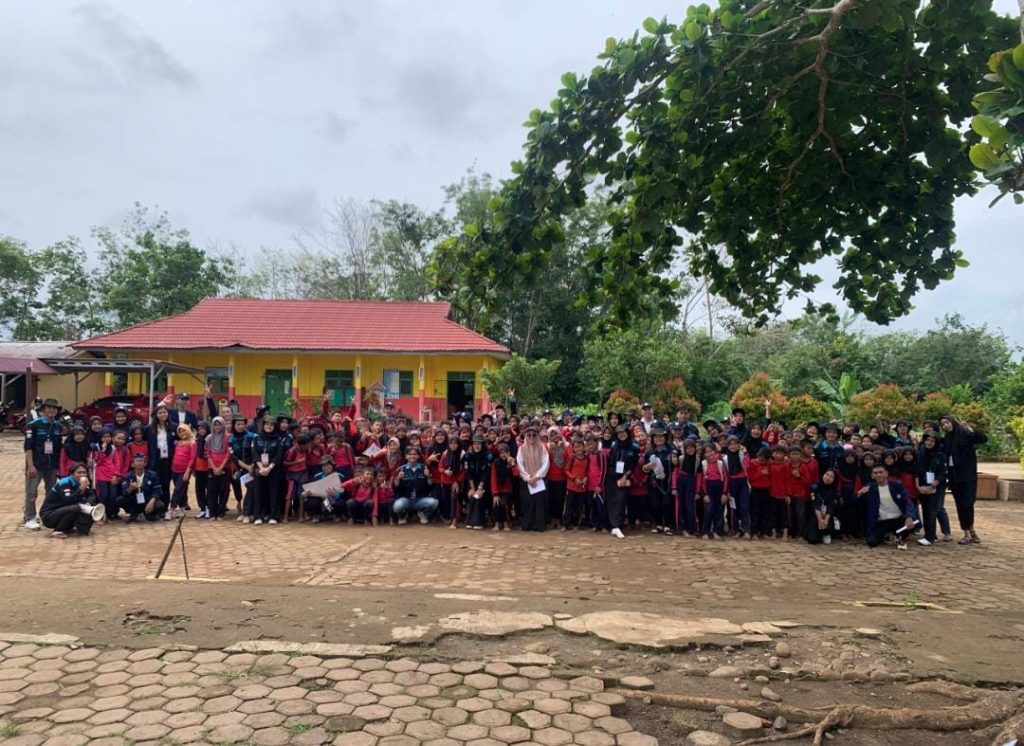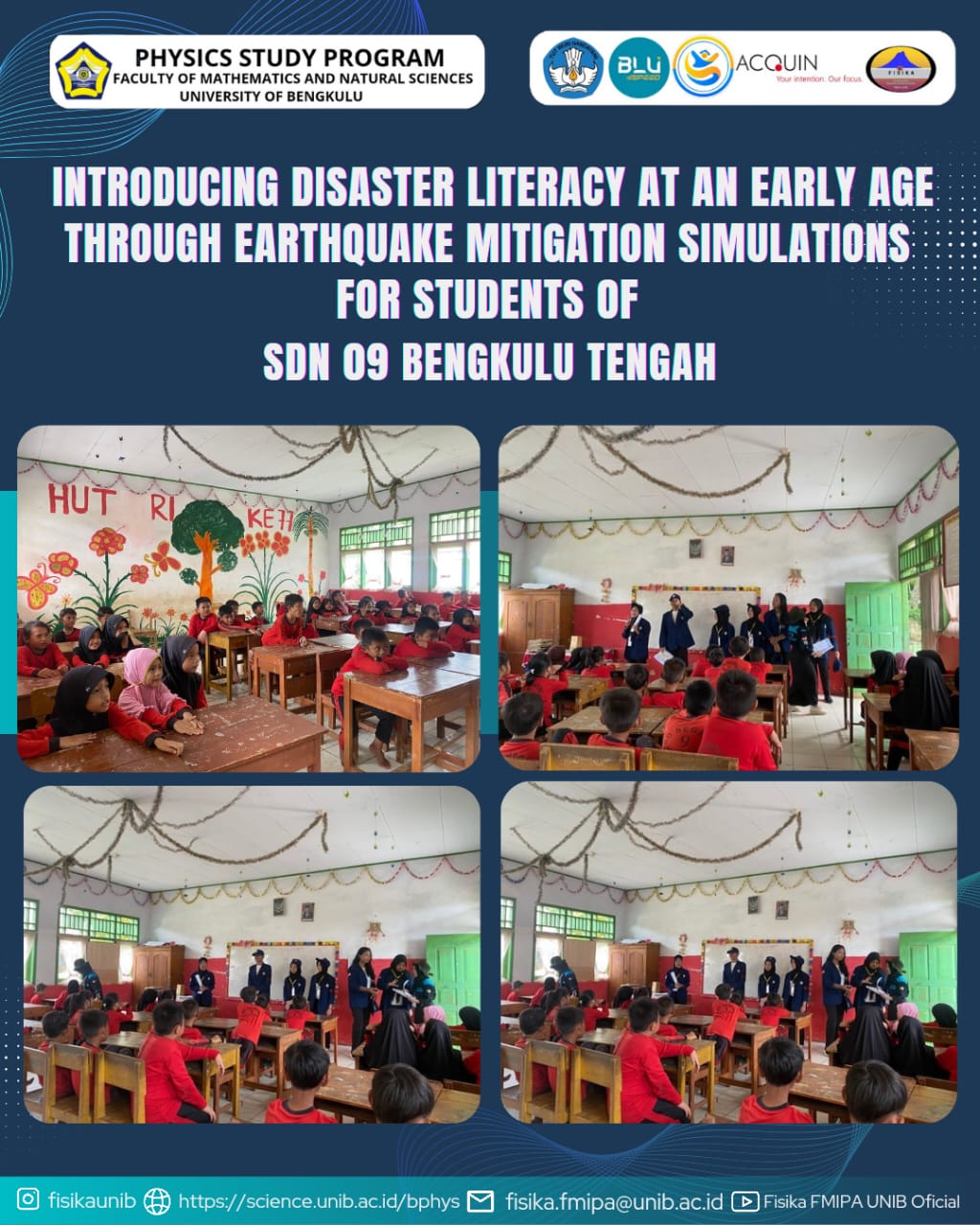
Enhancing Earthquake Preparedness Among Elementary School Students Through Socialization and Simulation Activities
Earthquakes are tectonic phenomena that occur frequently in Bengkulu Province, including in the Central Bengkulu Regency. The high incidence of seismic activity in this region is attributed to its location within an active tectonic plate zone, rendering Bengkulu highly susceptible to both low- and high-magnitude earthquakes. In the absence of technology capable of accurately predicting the time and intensity of such events, the development of early preparedness measures is essential to mitigate risks and enhance community resilience.
In response to this need, a community service initiative was conducted in 2025 by the Physics Study Program Lecturer Team of the Faculty of Mathematics and Natural Sciences (FMIPA). The team comprised Dr. Elfi Yuliza, Dr. Lizalidiawati, Dra. Rida Samdara, M.S., Dr. Riska Ekawita, Septi Johan, M.Si., and Irkhos, M.Si., and was supported by students of the Physics Study Program. The activity involved the dissemination of information and the implementation of earthquake disaster simulations for third until sixth-grade students of SDN 09 Bengkulu Tengah.
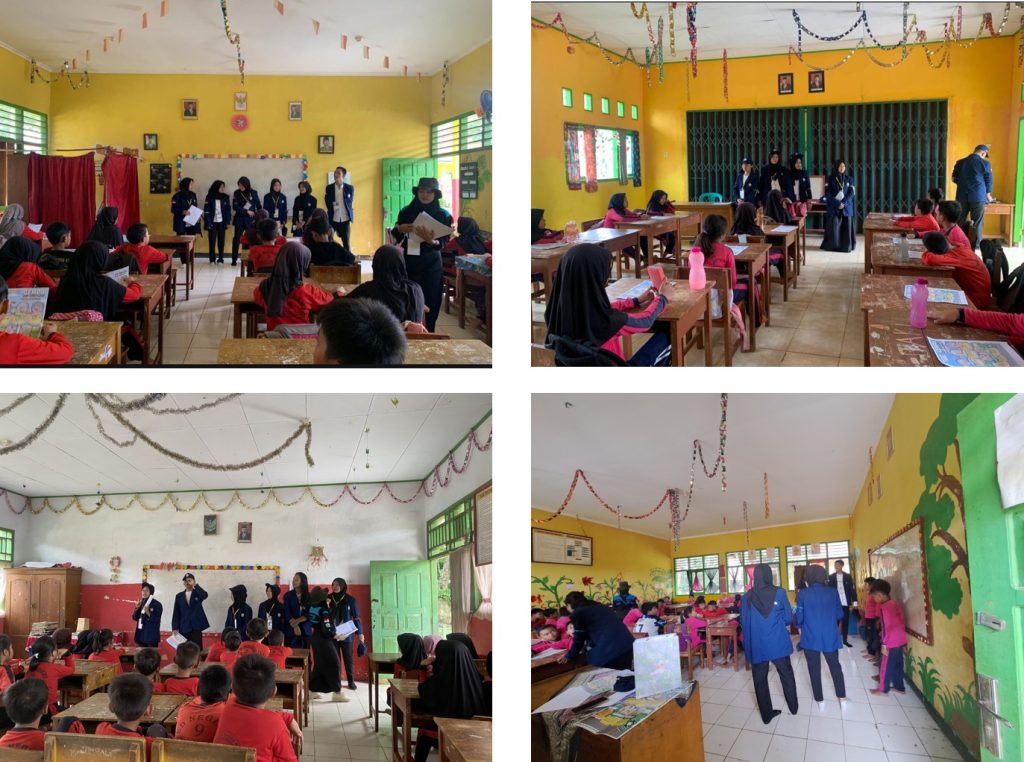
The program was carried out in two main stages: in-class socialization and a practical simulation conducted in the school yard. During the classroom sessions, students were instructed on the appropriate actions to take during an earthquake. Subsequently, they participated in a simulation exercise in which they practiced these actions, such as taking shelter under desks during tremors, proceeding to a designated assembly point once the earthquake had subsided, and following the guidance of their physics students as guide.
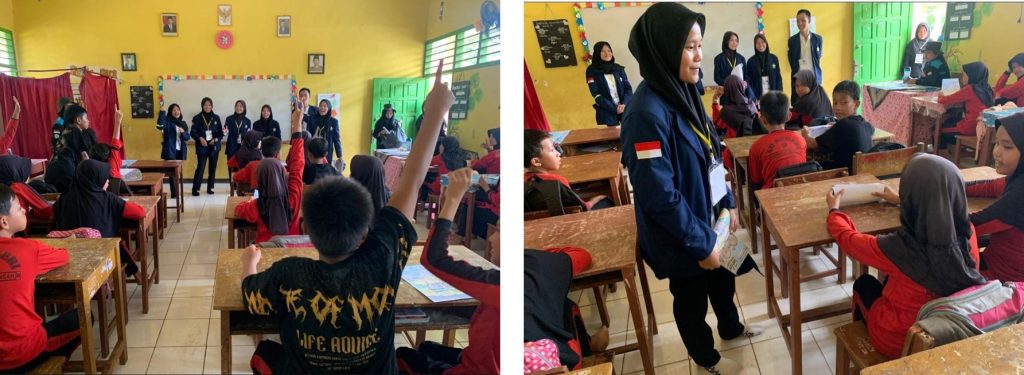
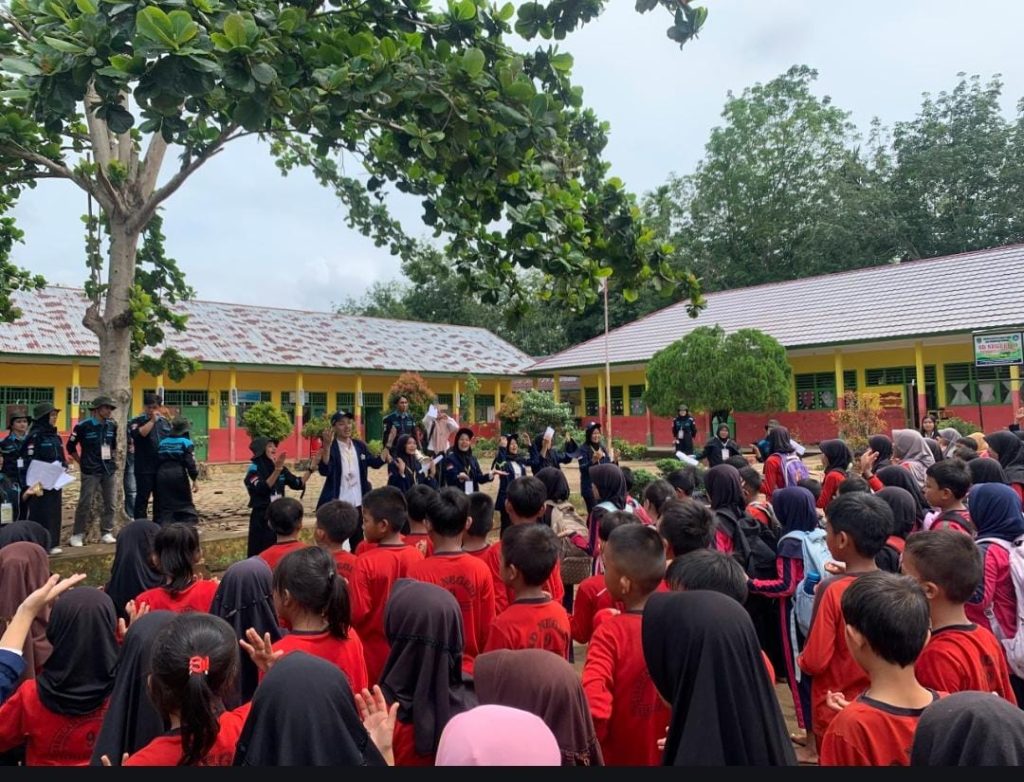
To reinforce the material presented, the community service team distributed earthquake preparedness flyers to each student and displayed posters in all classrooms. The school administration expressed its sincere appreciation for the implementation of this program, recognizing its significance in light of the region’s high seismic activity. Initiatives of this nature are deemed vital for cultivating awareness and preparedness among students, thereby enhancing safety and reducing potential risks associated with future earthquakes.
